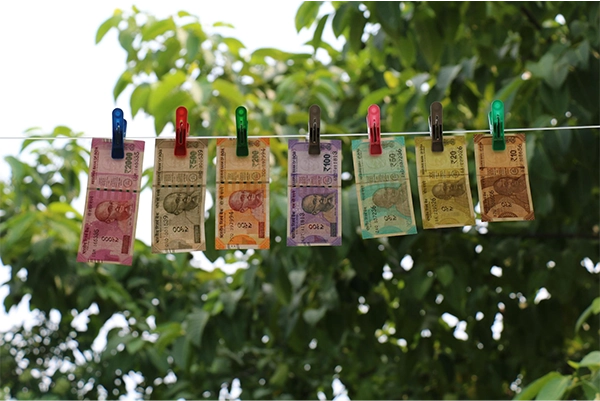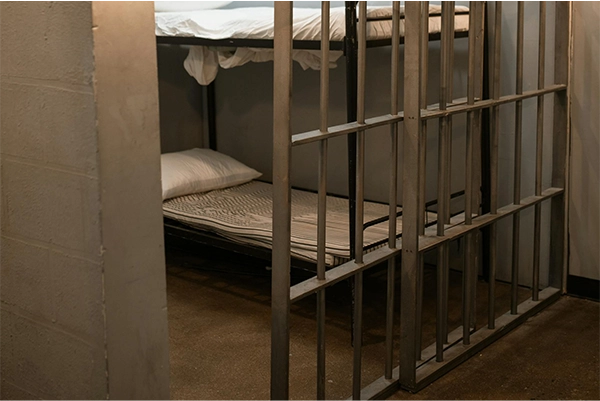1. Introduction
As discussed in the previous blog, money laundering is the process of disguising the money obtained from proceeds of crime and making it look like legitimate funds acquired from clean and legal sources, so that the money can be used without raising any suspicion regarding its origin. In this blog we will be discussing the stages through which the money earned from a crime is made legitimate and cleaned without leaving a trail behind. It is true that the best way to investigate a money laundering crime is to work one’s way backward, i.e. from the last investment/ source of income to the original source however, to leave no money trail behind and to unravel the intricate methods through which money is laundered, it is very important to examine and study the three stages of money laundering which are as follows:
1.1 Placement
This is the first stage of money laundering where tainted money is first introduced in the system. To avoid detection it is injected into the system by making numerous transactions of small amounts so as to avoid raising alarms and scrutiny by banks. The cash can also be deposited in small amounts, this particular technique is known as “structuring“. Other methods that are used during this stage include but are not limited to purchasing monetary instruments like money orders, by funneling money through cash businesses like casinos etc. After placing the money in the financial system, the next step involves concealing its illicit origin, which takes us to the next stage of laundering proceeds of crime.
1.2 Layering
Layering is the second stage of money laundering and is a complex stage that involves creating layers of transactions with the illegitimate funds after its placement into the financial system from the source that it came from. In other words, it is that stage which involves creating confusion to decieve the government/ invetigating agencies from getting suspicious about the illicit origin of the funds. This stage typically involves making numerous transactions from one business to another, raising multiple fake invoices between shell companies, sending money across borders for making it hard for one government to trace the money trail without the active cooperation of another state/ country. It can also include changing the nature of the asset i.e. from cash to gold, real estate or vice versa. The modern methods of layering also involve changing the nature of the asset to cryptocurrency. This is one of the most sophisticated methods. To tackle this approach KYC (Know your customer) has now become mandatory even for crypto transactions in many countries.
1.3 Integration
This is the last stage in which the proceeds of crime are finally returned to the perpetrator of the crime through a source which would seem to be legitimate and clean making the money which was once tainted and illegal, legal and ready for use without suspicion of its illicit origin. In most cases the money is used to make further investments, purchase assets/ luxury products or to start a new business through which more money can be laundered in the future.
2. Authors Comments
Money Laundering is a complex method of washing dirty money (turning illegitimate to legitimatate/ legal) which requires an elite level of sophistication and knowledge to successfully evade the outcome of a crime and to use its proceeds. To execute it the money needs to be placed in a washing machine (not literally, but in the sense that the process of laundering starts by placing the funds in the financial system which is the first step and is known as “Placement”). Since money that needs to be laundered would not be a small amount therefore one would need either multiple washing machines or a huge machine that can in one go accomodate the entire stock. The former instance is in reference to structuring/ smurfing and the latter is in reference to funneling the money through a casino or some other cash business like a car wash. Once the money is placed in the washing machine, the next step would be to switch it on. At times, when the clothes have certain stains that dont go in one wash we tend to wash them again and again so that they become as clean as possible in comparison to the condition in which they were first put in the machine. This method of repeating the cleaning process is in reference to the second stage, that is “Layering”. Numerous transactions are made again and again, from one shell company to another and so on. Alternatively, cash is sent across borders through mules, at times its nature is changed to gold, real estate, cryptocurrency or is exchanged for digital currency online on gaming platforms. Once the stains have been removed and the job of the washing machine is complete, the clothes are now safe to be worn by its owner. This is in reference to the third and final stage known as “Integration”. At this stage, the laundered money has been cleaned and appears to have originated from a legal and legitimate source. The clean clothes can now be sold/ exchanged for other valuable/ luxury items or can be used to open/ purchase another washing facility. Ironically, laundromats are one of the most popular businesses that launders open to wash the tainted money.





